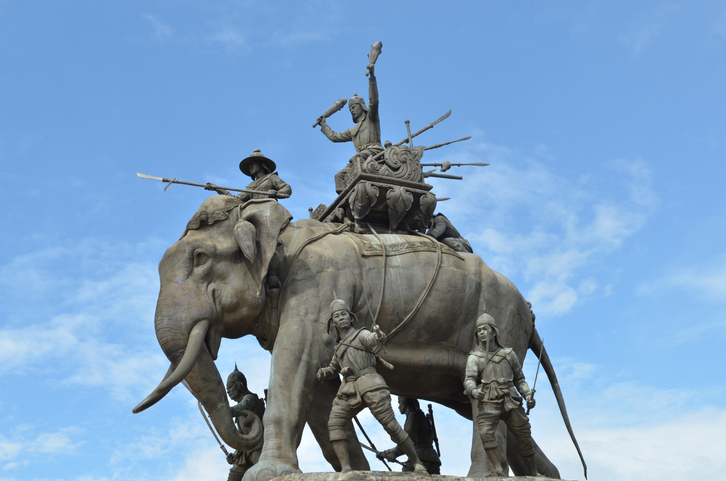AK-47 rifles, RPGs, pistols and revolvers, a few artillery pieces, and some homemade firearms. They also, however, have war elephants.
The mention of the phrase “war elephant” instantly takes one’s imagination back in time, to the battlefields of the ancient world.
One imagines, perhaps, the great Carthaginian general Hannibal leading his massive army with its force of forty elephants across the Alps, or maybe an image is conjured in one’s mind of an ancient Indian battlefield, or of an army of one of the medieval kingdoms of South-East Asia.
One certainly wouldn’t imagine these enormous animals being used in any war fought in modern times, much less the present day. However, as anachronistic as it may seem, there is still one army on this planet which still has a force of war elephants: an army called the Kachin Independence Army (KIA), which controls a large swathe of territory in northern Myanmar, a section of which extends into northeastern India and southern China.
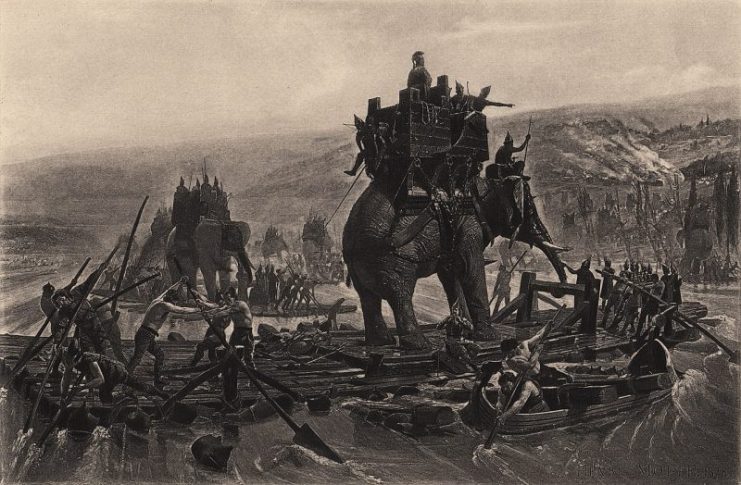
The Kachins are a distinct ethnic group, consisting of a number of tribes who are indigenous to the area, called the State of Kachin. They are mostly Christians, which makes them a religious minority in Myanmar.
The area they inhabit is rich with natural resources, particularly jade, much of which is smuggled into China. They have been fighting a war of independence against the government of Myanmar since 1961.
The KIA’s weapons are crude and basic, and typical of the type of armaments possessed by many other Third World rebel militias: AK-47 rifles, RPGs, pistols and revolvers, a few artillery pieces, and some homemade firearms. They also, however, have war elephants – something that no other army in the world still uses.
The terrain of Kachin State is among the most rugged and impassable on earth. The vegetation in the region largely consists of thick jungle, and this, combined with the topography of the region – hilly, with plenty of ravines, steep slopes and deep valleys – make huge swathes of territory completely inaccessible to even the most hardy of off-road vehicles.
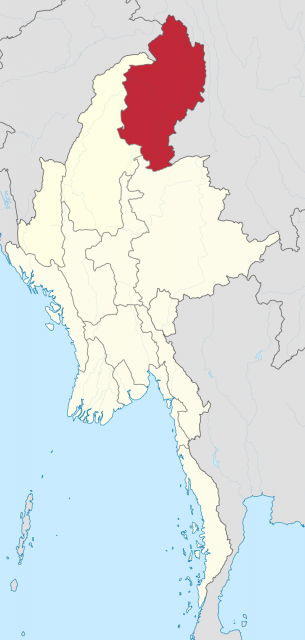
That makes for extreme logistical difficulties in terms of getting supplies and weaponry to guerrilla troops in the deepest parts of the jungle, where no vehicle can go. This is where the elephants come in.
The elephant corps of the Kachin Independence Army consists of around forty to fifty elephants which are used to transport weapons and supplies to fighters in extremely remote and inaccessible areas.
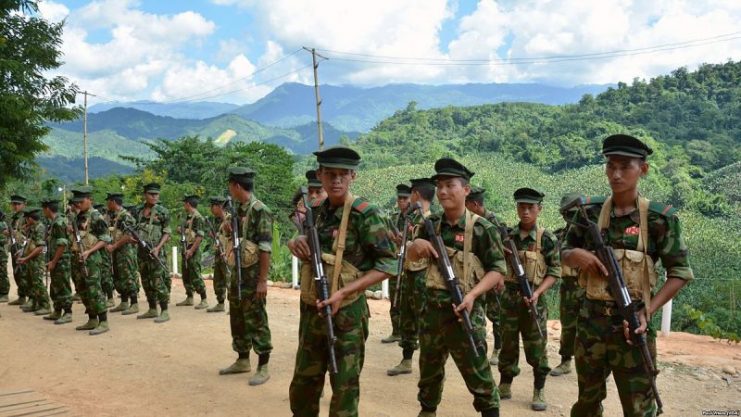
Therefore, they are not the same type of pre-modern battlefield “tanks” that one imagines when thinking of medieval or ancient war elephants – and of course, using elephants in battle against a modern army, armed with rocket launchers, automatic weapons and potent artillery would be completely suicidal.
However, in terms of military logistical needs in the jungle, the huge pachyderms are hard to beat, even in the era of modern technology.
Their ability to carry far heavier loads than any group of men means that the elephants can keep guerrilla troops out in the field supplied for greatly extended periods of time – which is ideal for a greatly outnumbered force like the KIA, who rely on stealth and guerrilla attacks against the numerically superior and better armed government troops.
And, speaking of stealth, this is another area in which elephants trump vehicles. While the racket of a jeep or motorcycle tearing through the jungle can be heard for miles around, an elephant can slip silently through the vegetation, passing within mere yards of people without alerting them to its presence – a fact that anyone has had the privilege to encounter these magnificent creatures in the wild can attest to.
They don’t get stuck in mud, like vehicles do, and can cross swollen rivers with ease without the need for bridges. Also, unlike a jeep or motorcycle, an elephant’s fuel is the jungle, rather than gasoline or diesel, which would have to be shipped in to remote areas.
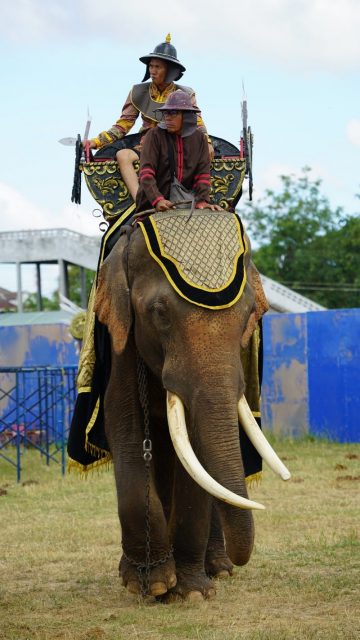
War elephants like those used by the KIA were used in the 20th century by a far more well-known military force: the Viet Cong, during the Vietnam War.
Like the KIA’s elephants, the Viet Cong’s were not used in combat, but were used by the guerrillas to transport valuable supplies, weapons and ammunition through the thickest and most impenetrable parts of the jungle. In a bid to cut off the Viet Cong supply lines, US forces in Vietnam would, sadly, sometimes massacre entire groups of elephants that they suspected were being used by the enemy, strafing the animals from attack helicopters.
While the use of elephants in war is not something that should be happening in this era, in which so many species of wild animals are on the brink of extinction, it is unfortunately something that is likely to continue until the Kachin conflict is resolved – which is probably not going to happen any time soon.
So, in this remote, nearly impassable region of our planet, the 4,000-year-old tradition of using elephants in warfare is likely to be maintained for the foreseeable future.
